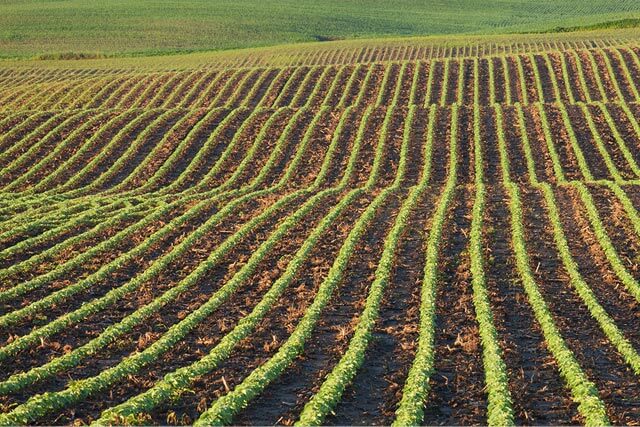Which Variety Will You Grow?
Nov 02, 2020

By Dennis Rogoza
With harvesting completed this fall, grower impressions of swathing and combining characteristics are fresh in mind. Final yields and maturity differences will then usually make up a grower’s mind about a variety choice for the next growing season. Of course, new varieties and specialty markets will also provide additional options for growers. Here are some key factors to consider when booking your variety for next season:
Canola
- Canola production system i.e. Invigor, Roundup Ready or Clearfield. It’s a good idea to rotate systems to allow for the rotation of disease resistant genes as well as herbicide groups.
- Length of growing season and your projected seeding date to help manage maturity.
- Yield, review local variety plot results to see which varieties do best in your area.
- Disease package, are you looking for stronger blackleg, clubroot or sclerotinia resistance.
- Harvest management, does height and stature fit your needs, consider pod shatter reduction.
Soybeans
- Maturity, use measures such as crop heat units and days to maturity to guide you to varieties that have appropriate maturity dates for your area.
- Yield, consult seed guides and local variety comparison plots to lead you to those varieties with a proven track record for your area.
- Plant stature, bushy vs. erect varieties. Bushy ones generally fit row-cropping whereas erect ones fit best for solid-seeding.
- Pod-height, an important consideration to reduce harvest losses.
- IDC and phytophthora root rot ratings, choose appropriate varieties for your fields.
- High soluble salt (>0.5 mmho/cm) and carbonate (>2.5%) levels in your soil will impact soybean production, start with a soil test to guide your variety selection.
Please check with your local Shur-Gro sales agronomist to determine the best varieties for your fields.